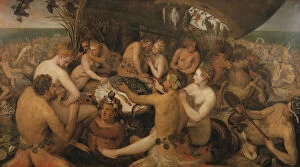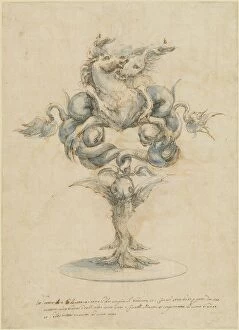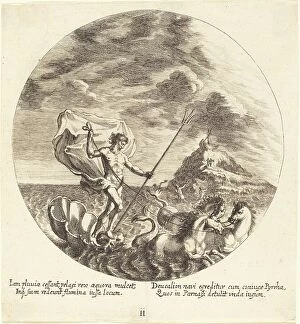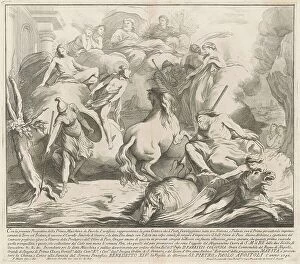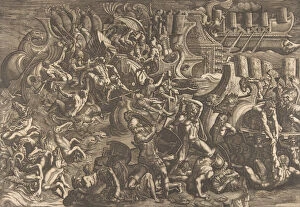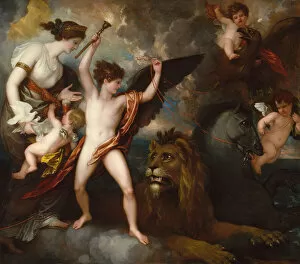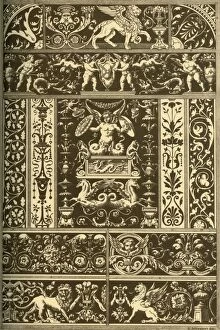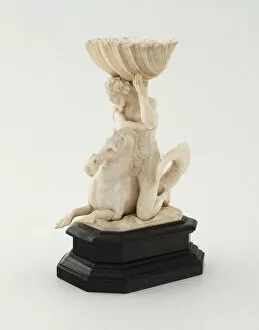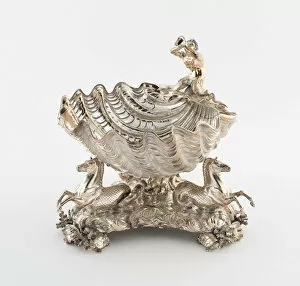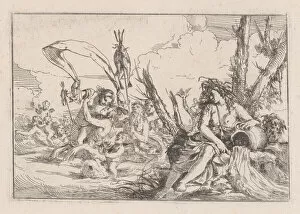Hippocamps Collection
"Hippocamps: Mythical Creatures that Transcend Time and Art" From the ancient Greeks to the Renaissance masters, they have captivated artists throughout history
All Professionally Made to Order for Quick Shipping
"Hippocamps: Mythical Creatures that Transcend Time and Art" From the ancient Greeks to the Renaissance masters, they have captivated artists throughout history. In Giovanni Battista Scultori's masterpiece "The Trojans repulsing the Greeks, " these majestic creatures emerge from the depths of the sea, their powerful bodies symbolizing strength and resilience. Fast forward to Benjamin West's "Omnia Vincit Amor, or The Power of Love in the Three Elements, " where hippocamps take center stage as embodiments of passion and desire. Their graceful movements convey a sense of fluidity and harmony within this enchanting composition. Intricate Italian Renaissance sgraffitos, wood-mosaic, marble-mosaic, and bas-reliefs showcase hippocamps in all their glory. These intricate artworks from 1898 pay homage to these mythical beings by immortalizing them in stone and mosaic patterns that mesmerize viewers with their attention to detail. Venturing into Tarquinia's Tomb of the Baron in Italy transports us to 1928 when mural paintings depicted hippocamps alongside other mythological creatures. Here they serve as guardians of eternal rest, guiding souls through an ethereal underwater realm. It also found themselves adorning functional objects like Belgium's Salt Cellar from 1625/75 or England's Tureen from 1823/24. These exquisite pieces demonstrate how even everyday items can be transformed into works of art with their delicate engravings featuring these captivating creatures. Water has always been closely associated with hippocamps; thus, it is no surprise that they are often depicted near water sources such as springs or rivers. A naiad seated at a tree base represents water itself in a stunning artwork dating back to 1640-60—a testament to our enduring fascination with these mythical beings' connection to aquatic realms. Frederick Bloemaert's "The Realm of Neptune" transports us to a world ruled by the god of the sea.

